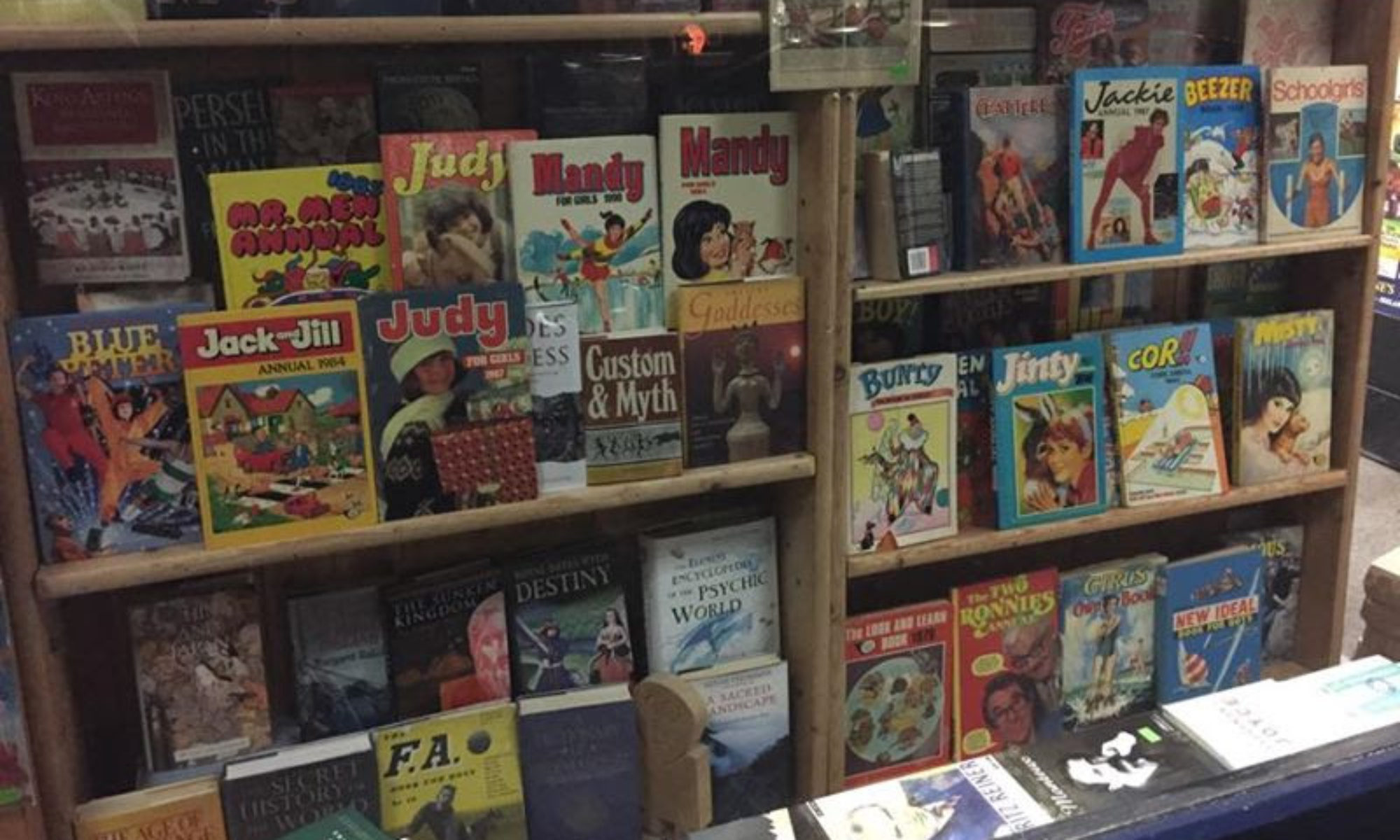More Info about the Box of Delights Theme Music
More Info about the Box of Delights Theme Music
The theme music to The Box of Delights is one of the most evocative of any television programmes. In particular, the harp intro is spine-tingling.
It is The First Nöel, a portion of the Carol Symphony by Victor Hely-Hutchinson, 1927. The recording used was the Pro Arte Orchestra conducted by Barry Rose.
The Box of Delights (part 1): History, Place and Evil
RADA-voiced schoolboy Kay Harker has an adventure between the Winter solstice and Christmas Eve in the 1930s. But he is just our cypher to experience the Box of Delights’ real stars- the heros, villains and dreamlike mythical figures who explode from the screen.
I have struggled to try to write this with some sort of distance. But it’s impossible. This is one of the pieces of television which became part of my personal memories of childhood Christmas’. Shown in 1984, when I was impressionably 8, it played across six weeks leading up to Christmas Eve midnight mass. It is unquestionably the best ‘classical’ children’s book adaptation of the 1980s.
I re-watched it all recently, for the first time in 26 years. It is still magical. And I still got the heebie-jeebies from the forces of evil. These aren’t generic ‘Bad Guys’. The villains in The Box of Delights are malevolence personified. As the Punch and Judy man tells the young Master Harker, he (and they) date back to pagan times.
On the surface, Kay faces a criminal gang committing kidnaps for ransom. This is the stuff of boys’ pulp fiction. Kay first encounters them when he is tricked out of his money by two clergymen playing find the lady on the train. They steal his purse for good measure.
Petty thievery and base disguise. In many children’s books of the period this would have been enough to establish this gang as the antagonists to be defeated. But these men are more than just thieves. The jolt as one of them becomes a looming wolf, just for a moment before the train goes into the tunnel, caught me still on rewatching. Even though the wolf is, to adult eyes, clearly one of the BBC props department’s less convincing stuffed animals. The fright comes from the leap the viewer has to make. Having pegged the clergymen as shabby con artists, we are jolted into a reappraisal. Their supernatural aspect underlines the Punch and Judy man’s warnings when Kay alights.
Kay finds he faces a pack of wolves, of hunters, who the Punch and Judy man Cole Harkins warns are running him ‘very close’. He eventually gives Kay his magical Box of Delights to hold for safekeeping, before being captured. Abner Brown, the Wolves’ pack leader, is a malevolent sorcerer.
The link to English myth (an almost forgotten underground river, buried by Britain and Empire) seems to stem from an awareness of the landscape of England as a constant, if slumbering, presence. John Masefield, the book’s author, was the British Poet Laureate and he drew the inspiration for his verse from the rural constants of streams, fields and forests. The series’ director managed to convey that sense of place unchanging across time with wide shots framing the characters as temporary moving elements in eternally still landscapes.
This timelessness of place centers on the snow covered barrow standing in a field near Kay Harker’s home. The boys get up just after dawn and find themselves alone in the landscape. The country is blanketed in snow. Walking through the silent, early morning blankness, they could be in any time. The seasons, the barrow and the countryside are all as they have always been.
This still heart lies under the layers of action.
All of which is to take us to the moment in the dark of midwinter when Kay, in a white cloak and cowl, climbs onto the back of a white horse, jumps to the top of the barrow and lands in King Arthur’s Camp. Time has slipped back who knows how many years, but yet here we are on the same mound in the dead of midwinter. And despite the timeslip, the camp is still besieged by the wolves. They breach the stockade and are fought back.
Evil is eternal. But so, it seems, is Cole Hawkins.
The story’s ability to call on the depths of near-forgotten history, attached to a strong sense of place, gives The Box of Delights its most mysterious and wonderful sequence. Herne the Hunter draws Kay into his Wild Wood. They then transform, in an extended wordless hand-drawn animated sequence, into stags, into geese, into fish. Each time, they exult in their freedom only to be threatened. Hunted by wolves, then a hawk and then a pike.
The message is never spoken, never spelt out. After the extended animated sequence, Herne simply asks Kay if he saw the sequence of threats. Whether running in the woods, flying in the air or swimming the lakes the same forces are waiting for us. They take different forms, depending on our environment- wolves, hawk, pike or crooks. But they are the same universally present force of evil, the bringers of death and destruction. They are the predators who wish to make us their prey.
A message which can hardly be divorced from the circumstances of 1930s Britain.

